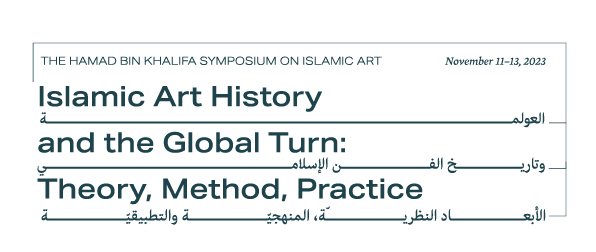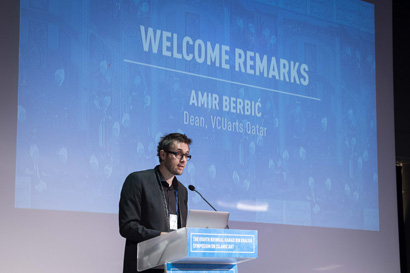Abdallah Kahil
Illuminating the Void, Reflecting the Universe: Spatial Design and Light Furnishing in Mamluk Architecture
This presentation explores light in Mamluk architecture. Daylight and lighting at night in Mamluk buildings are evident in the spatial design and decoration of some of these buildings and the great number of furnishings to provide light such as glass, lamps, and candlesticks. In addition to surveying how light was considered in architectural design, decoration and furnishing, the presentation links Qur’anic verses and their location on the interior of some buildings to the general practice of lighting. Along with physical evidence, the paper relies on the information provided in endowment documents (waqfiyya) to understand how resources were allocated to maintain the illumination of Mamluk buildings.
Abdallah Kahil is Assistant Professor and the Director of the Institute of Islamic Art and Architecture at Lebanese American University in Beirut. A practicing artist as well as an art historian, Kahil is currently working on a book on Mamluk visual culture as well as several articles, including one about the formation of abstract painting in Lebanon, and another about gallery politics in Lebanon in the 1960s. He taught at the Fashion Institute of Technology and New York University from 1990 to 1998. His publications include The Sultan Hasan Complex 1357–1364: A Case Study in the Formation of Mamluk Style (2008) and Mamluk Metalwork at the Metropolitan Museum of Art (1994). Kahil received a Ph.D.in the History of Art and Archaeology from the Institute of Fine Arts, New York University, in 2002.




